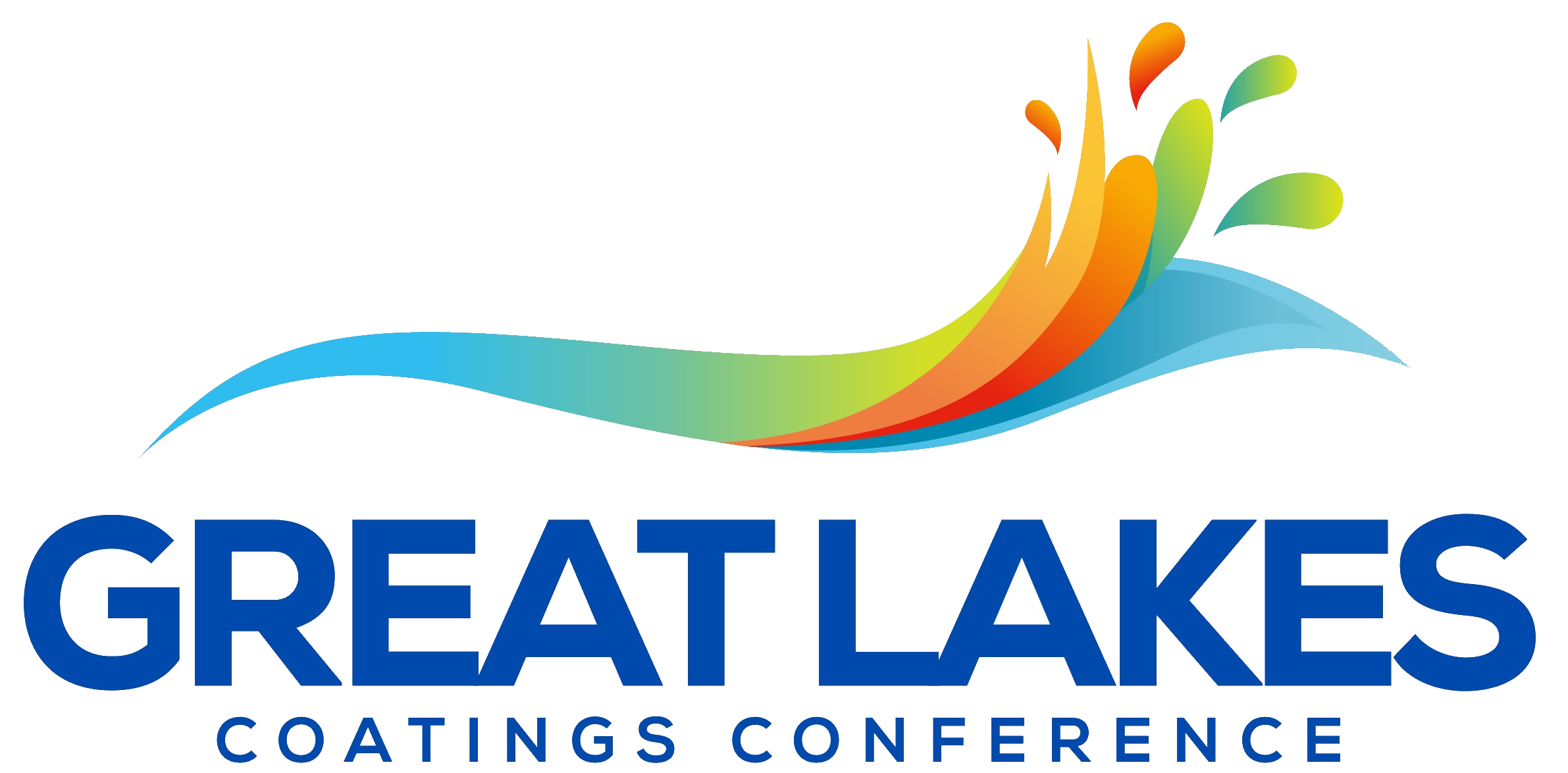SHORT COURSE SPEAKERS
**More speaker information & the courses schedule to flow in over the next few weeks of March **
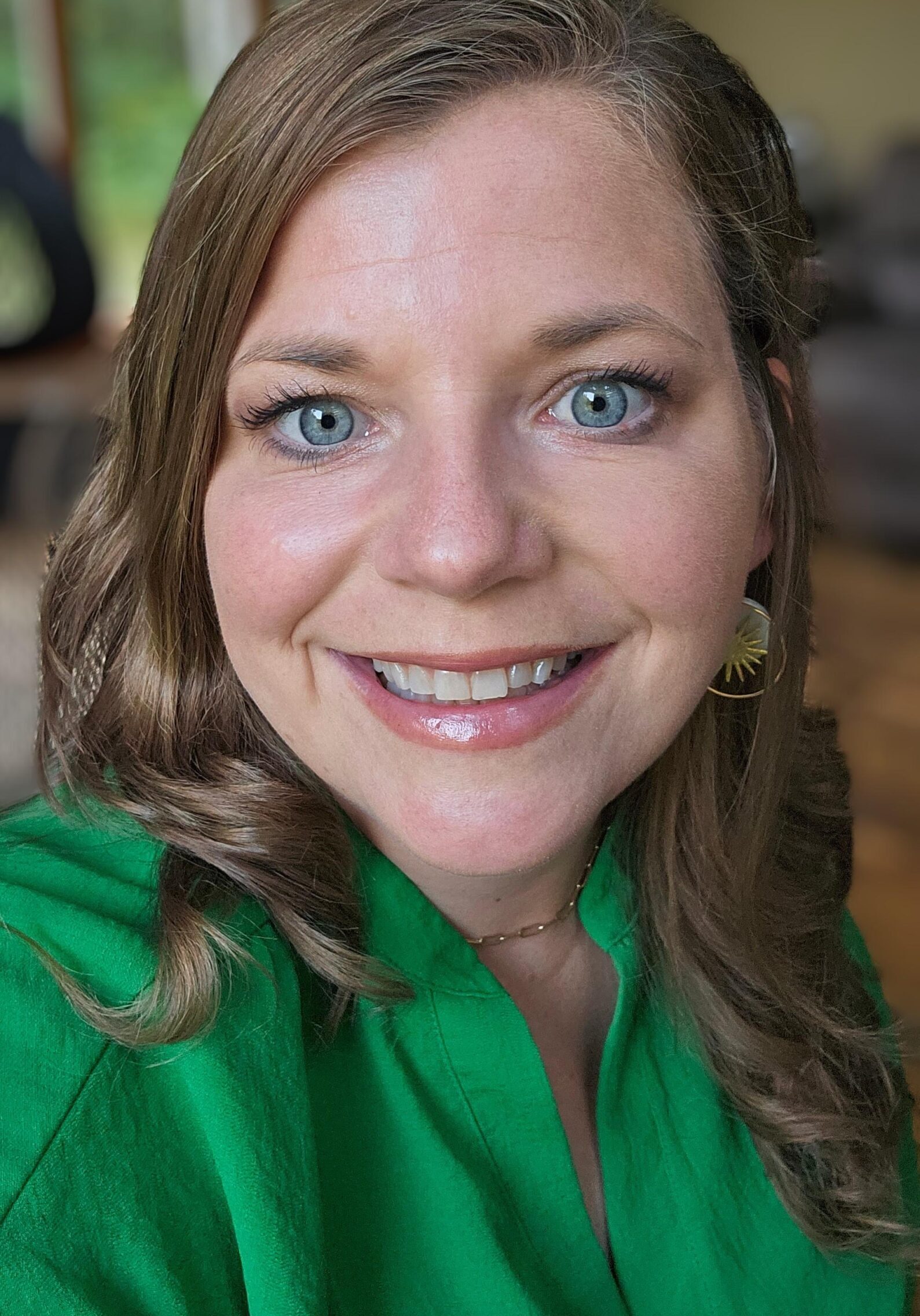
Amanda lives in her hometown in Michigan with experience in the coating industry for 25+ years. Her passion for paint all started with her first job selling and mixing paint at a local hardware store. This led to her degree in Polymers and Coating Technology from Eastern Michigan University. Later she then completed her Masters in Chemistry in Materials & Chemical Synthesis from Illinois Institute of Technology.
Amanda has had various experiences in and out of college working for ICI Paints, Flint Ink, Akzo Nobel Refinish, BASF Refinish. In 2011, she moved to WACKER as a chemist & Technical Manager creating new innovative silicone additives for the coating & construction market for 10 years. Since then she has worked for Michelman supporting the team with sustainable growth, and key accounts. Then joined Wanhua Chemical to grow its presence in NA as the Technical Service and Business Director. Now she is in a cross-functional role within BARENTZ as a Business Development Manager for HI&I.
Identifying what layers are important from a market need or idea to completion of the project within the commercialization steps. In those layers, on who within the business needs to be involved. Understanding in the process early why they are an important stake holder in the process. Will review project management type design to set up your teams next steps to success.
Amanda Andrews
Technical Service and Business Director at Wanhua Chemical (America) Co.
Lab to Scale Up - Teamwork to a Successful Commercial Product
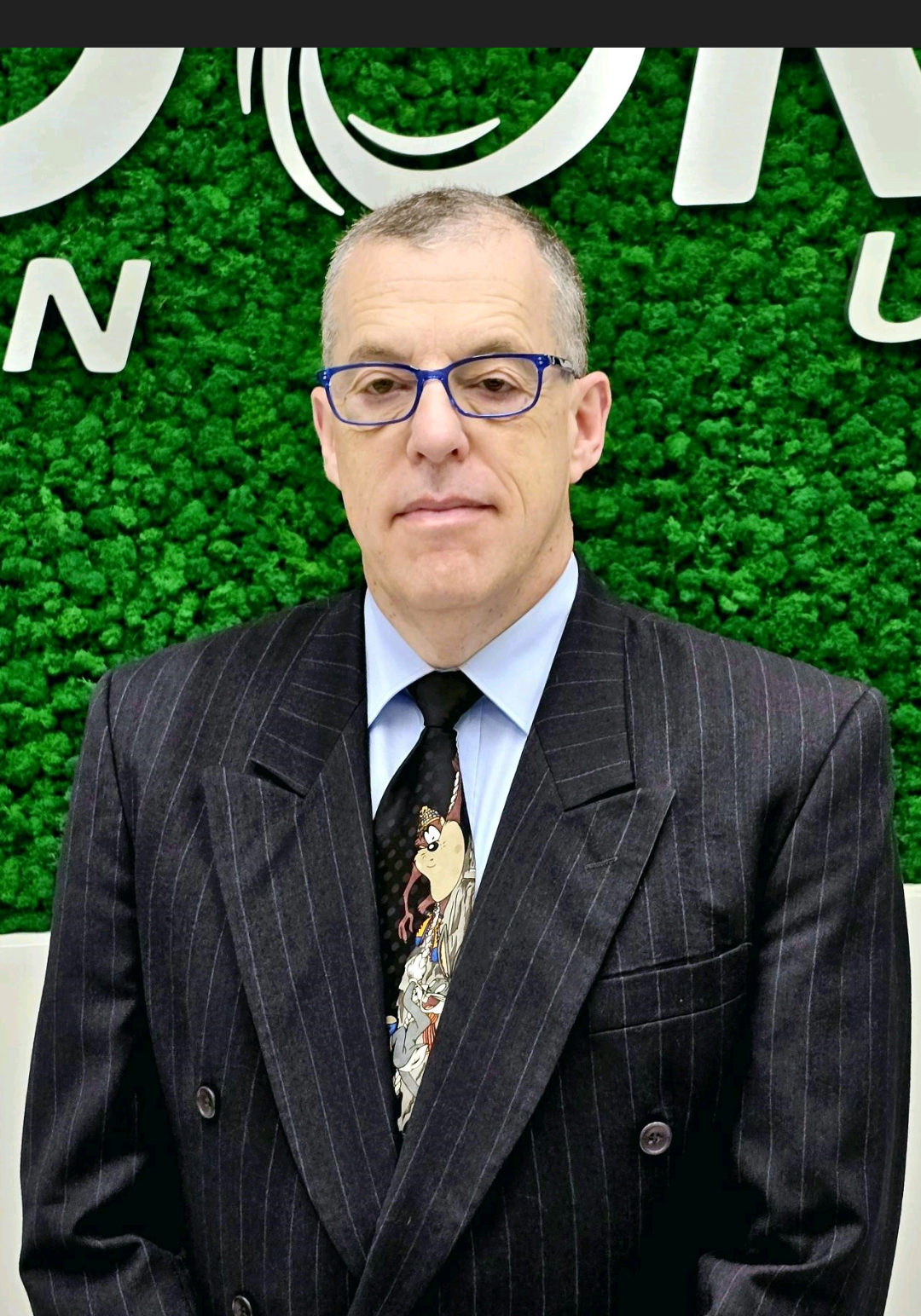
Mike Praw:
Born and raised in Montreal, Mike now lives in the Houston area. He has 38 years of coatings formulation experience, 18 years with coatings companies and 20 years with raw material suppliers. He is currently Technical Service and Development Manager, for Indorama Ventures: Indovinya. He has degrees in Analytical Chemistry and Environmental Sciences, as well as a MBA. Mike is Past President of The Detroit Society for Coatings Technology and the Piedmont Society for Coatings Technology and served on the board of The Chicago Society for Coatings Technology. He writes the “Formulating with Mike” column each month in PCI Magazine.
Mike Praw
Technical Service and Development Manager for Indorama Ventures: Indovinya
Various Short Courses
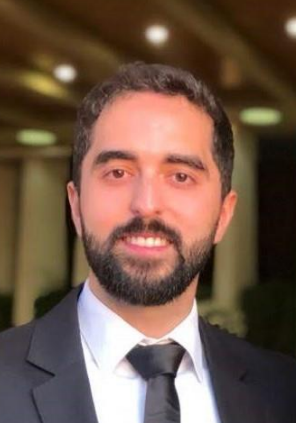
Bruno Dario:
Bruno Dário has 10 years of experience in the industry of surfactants and specialty chemicals. He has worked in Oil & Gas, Performance Products and Coatings, developing new products and applications for solvents and surfactants. Currently, he is a Technical Service & Development Scientist for Coatings and Performance Products at Indorama Ventures. He is responsible for the technical support for North American customers in the areas of surfactants for emulsion polymerization, coalescing agents, architectural and industrial coatings. Bruno earned his master’s degree in physical chemistry from University of São Paulo (Brazil) in 2021 focusing on the study of adsorption of surfactants. He earned his bachelor’s degree in Chemistry at the same Institution in 2015.
Bruno Dario
Research Scientist II - Indorama Ventures - Indovinya
Emulsion Polymerization
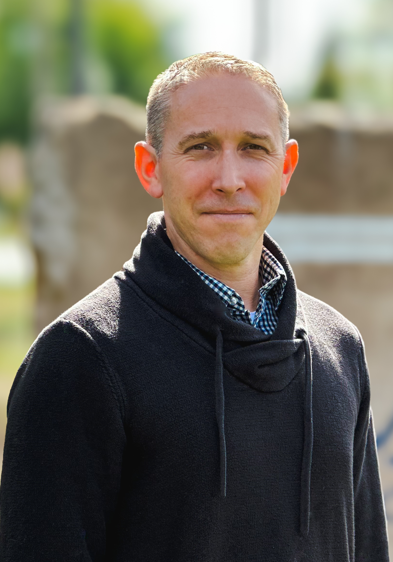
Jeremy received his Bachelor of Science in Polymer Chemistry from Rochester Institute of Technology in 2000 and has completed graduate studies in Biochemistry at University of Texas, Austin and Polymer Science at University of Akron. He has held positions at Eastman Kodak, Lexmark International, CVC Thermoset Specialties, Valtris and Huntsman Corporation, focusing on new product development and scale up, manufacturing support and optimization, technical services as well as sales and marketing support. Currently, Jeremy is VP of Technology and Process at Advanced Polymer Coatings in Avon, OH. Jeremy holds several patents related to tougheners for thermosets and new coating technology and has presented at numerous domestic and international conferences. Jeremy is also the immediate past-president of the Thermoset Resin Formulator’s Association (TRFA).
Choosing the right epoxy for your formulation: Structure property relationships of epoxies
Are you overwhelmed with the number of epoxies that are available and how to choose the right epoxy for your coating formulation? This short course will focus on the structure/property relationships of epoxies and take the guess work out of choosing the right epoxy to achieve your desired coating properties. At the end of the course, participants will be familiar with the different classes of epoxies, how they impact properties, and how to use this information to benefit formulations.
Jeremy Pasatta
VP of Technology & Process at Advanced Polymer Coatings
Choosing the right epoxy for your formulation; structure property relationships of epoxies
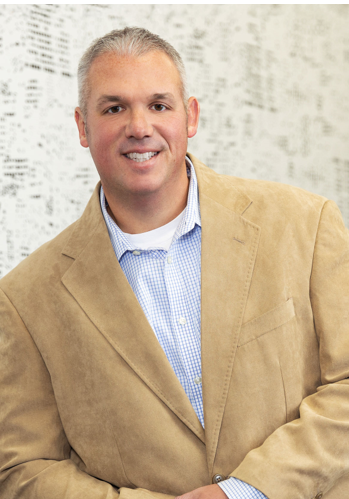
Mr. Chojnowski is an intellectual property attorney that concentrates his practice in the chemical and material science arts. As Chairman of Howard & Howard’s IP Practice, Mr. Chojnowski oversees the filing and prosecution of thousands of patent applications each year. His practice includes global patent procurement, opinion preparation, freedom-to-practice issues, and portfolio managment. Prior to becoming an attorney, Mr. Chojnowski gained 7 years of experience as a research chemist in the coating industry. He holds a BS in chemistry, a MS in polymer and coating technology, and a juris doctorate degree.
Research is constantly occurring in the coatings industry. However, obtaining a patent on a new coating formulation that is a unique blend of existing raw materials may be challenging. Effectively capturing and managing intellectual property in this unique environment is not accomplished with a one-size-fits-all approach. To complicate matters further, joint development projects between coating manufactures and raw material suppliers are becoming increasingly common – and this collaboration creates another unique set of issues.
This short course is intended for management and senior R&D chemists that have previously been exposed to patents. It’s designed to provide practical guidance on establishing a spectrum of intellectual property procedures that can be implemented based on actual business conditions. Topics covered will include provisional patent applications, trade secrets, leveraging AI to assist with cataloging trade secrets, intelligence gathering, and key provisions of a joint development agreement (JDA) and a non-disclosure agreement (NDA).
Daniel Chojnowski
Patent Attorney and Chairman of Howard & Howard's IP Practice Group
Establishing an Intellectual Property Program – Best Practices for the Coatings Industry

Kevin Biller has been developing, commercializing, and manufacturing powder coatings since beginning his career in 1978 at the Glidden Paint Co. Kevin served in leadership positions for numerous companies over the years, including President and owner of IRIS Powder Coatings, VP/General Manager of Jamestown Powder Coatings, and Editor of Finishing Today magazine.
In 2007 Kevin established the Powder Coating Research Group, a center of excellence in powder coating innovation, troubleshooting, and consultation. PCR Group was acquired by The ChemQuest Group in 2021, a global business consulting, market research and technology center for the coatings, adhesives, sealants and elastomers industries.
Kevin holds four U.S. Patents in industrial coating technology and has delivered numerous papers at global events. He is a regular contributor to coating technology journals, authoring over 300 articles on powder coatings, as well as a handbook entitled Powder Coatings: Foundation for the Novice Formulator. His alter ego pens the “Ask Joe Powder” column that appears in many publications around the world.
Powder coatings offer the ultimate in environmental and safety compliance as they emit no volatile organic compounds, create minimal waste and are safe to handle with the proper personal protective equipment. This short course will introduce the audience to the advantages of powder coatings as an industrial coating technology and will provide an introduction to binder chemistries including how thermoset resins and curing agents are formulated for performance. An overview of manufacturing processes will be presented underscoring the importance that dispersion and distributive mixing have on ultimate film performance. Application techniques will be described and critical parameters examined for their impact on film build and consistency. The course will conclude with a glimpse into the future, identifying future technology and market trends including materials and process innovations aimed at breaking through the non-conductive substrates barrier.
Kevin Biller
Director, ChemQuest Powder Coating Research
The Fundamentals of Powder Coating Technology
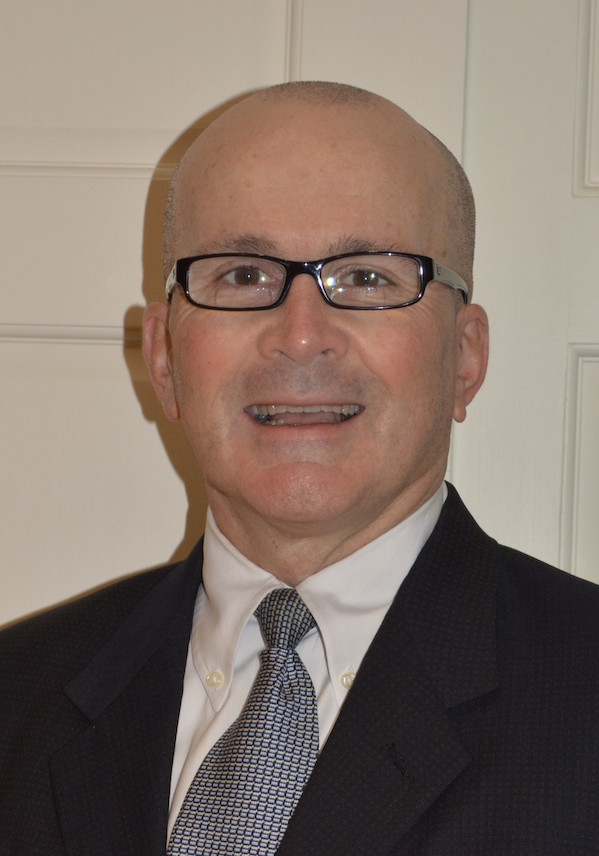
Michael Kelly
Chief Customer Officer, Allied UV
Eliminate VOCs & reduce your energy costs with UV LED Coatings Technology

Brian Mulhern is currently a Senior Research and Development Chemist for CHT USA in Cassopolis, Michigan. Brian is an experienced research and development chemist with expertise in silicone-based formulations, coatings, and polymer-derived ceramics. He has led independent and collaborative projects, developed custom products, and managed federally funded research. With a strong background in regulatory compliance, manufacturing troubleshooting, and team leadership, Brian has contributed to multiple industries through innovation and process optimization. He holds an ACS Bachelor of Science in Chemistry from Hope College.
Brian Mulhern is currently a Senior Research and Development Chemist for CHT USA in Cassopolis, Michigan. Brian is an experienced research and development chemist with expertise in silicone-based formulations, coatings, and polymer-derived ceramics. He has led independent and collaborative projects, developed custom products, and managed federally funded research. With a strong background in regulatory compliance, manufacturing troubleshooting, and team leadership, Brian has contributed to multiple industries through innovation and process optimization. He holds an ACS Bachelor of Science in Chemistry from Hope College.
Brian Mulhern
Senior Research and Development Chemist for CHT USA
In-depth overview of silicones and silicone emulsions & exploring their role as key additives our market.
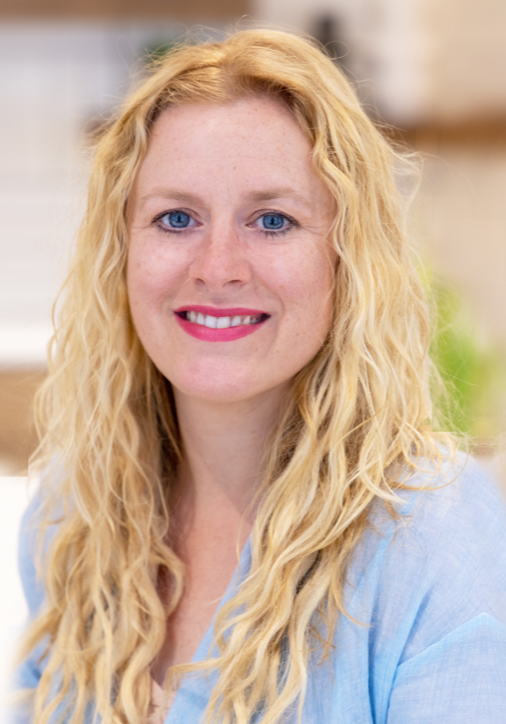
Kiki Redhead leads all CMF & Trend initiatives for Sherwin-Williams Industrial & Performance Coatings, including spearheading the DesignHouse in Minneapolis, MN. She collaborates with OEM Industrial, Product Design, and Architectural customers on coatings development and trends including ideation of aesthetics, performance, and sustainable solutions for manufacturing.
In addition to her 20+ years of visionary CMF expertise, which includes owning global color and trend agency Colour Couture from 2008-2018, Kiki is known as an International powerhouse desired for her tri-level trend forecasting methodology, implementation, and distillation of mega, macro, and micro trends. She has curated CMF strategies and collections for numerous product categories including cars, cabinets, and cosmetics using her knowledge of color concentrates, coatings, and pigments.
Kiki earned her Bachelor’s from UW Stout in Interior Design, Merchandising & Marketing. She obtained a Master’s Degree from Polimoda in Trend Forecasting. A longtime member of the Color Marketing Group, Kiki sits on the Board of Directors and is Co-Chair of the Future Thinking Committee. Holding a seat on The Learning Forum’s Foresight Council, she converses regularly with strategic futurists.
Join us for a colorful exploration of trends emerging and evolving across industrial and architectural markets over the next three to five years. Backed by both qualitative and quantitative research following a six-step approach to future casting, FUSE will connect the dots between global mega trends and macro trends in Mobility, Heavy Equipment, Electronics, Robotics, Medical Device, Appliance, Fixtures, Building Products, etc then distill them down into the micro elements of color, material, finish and effect. With foresight into product development, manufacturing and life cycle, this presentation will leave participants with a new vision when considering the aesthetic offerings of coatings application on products.
Kiki Redhead, CMG
Global CMF & Trend Manager – DesignHouse
Sherwin-Williams Industrial & Performance Coatings
FUSE: Color Trends for the Future of Industrial Coatings Application

Paul Lewis is currently president of E2C, https://e2c.llc a consulting company offering technical expertise to the chemical industry, including: Chemical Analysis & Interpretation, Expert Witness, Formula Development, Technical Support and Presentations.
Paul has successfully led the development of many $multi-million products and holds a number of patents. He has a degree in Chemistry from Nottingham University in the United Kingdom.
Paul has been a hands-on technical manager at a number of adhesives and coatings companies, including Rust-Oleum, Johnson Wax, JohnsonDiversey and Quest Industrial products (now Sherwin Williams). He was recently Technical Manager at the Univar Solutions lab in Houston.
Developing new products can be a daunting, complex process. In order to develop new products that are highly successful in the marketplace there are some very important steps that need to be taken that are sometimes overlooked. This workshop will take you through the ideal process that will result in happy, repeat customers. Those who are new to the research and development process will learn useful tips and tricks; experienced formulators and lab managers will pick up some advanced level advice. Learn the pitfalls to avoid to successfully develop new products every time. If you are a formulator or manage formulators who develop new coatings and other chemical products, this workshop is for you.
Paul Lewis
President of E2C
How to Formulate New Products

Jim Reader graduated from the University of Warwick (UK) in 1988 with a Ph.D. in Chemistry. He joined Air Products and Chemicals in 1988 in Manchester (UK) as a Research Chemist and later an Application Development Chemist for the Epoxy Additives business. He then became Technical Manager for the Air Products Specialty Additives business in 1996 based in Utrecht, the Netherlands, and has worked in Europe and Asia before becoming a Lead Chemist in Allentown, PA in 2008. Dr. Jim Reader joined Evonik Corporation as a Senior Technical Manager in January 2017. He has extensive experience in the both the development and application of surfactants and defoamers in many different applications including paints, coatings, graphic arts, adhesives, concrete admixtures, and the production of latex gloves. He is the inventor of one patent and has written over 30 technical papers.
Coatings are complex mixtures of many different components that play a critical role in its manufacture, storage, application, and performance. The most critical components are the coating binder, pigments and fillers and the solvent or diluents. The binder determines the key performance properties of the coating like adhesion, mechanical properties, and chemical resistance. Pigments and fillers provide color and opacity and affect barrier properties and corrosion resistance. The solvent or diluent does not affect the final properties of the coating film but aids the manufacture, processing, and application of the liquid coating.
Additives can also be a major component of a coating formulation, although they are used in much smaller quantities than the other components. Bielemann defined coating additives as “any substances that are added in small quantities to a coating material to improve or to modify certain properties of the finished coating or of the coating material during it’s manufacture, storage, transport or application.”
There are many distinct types of additives for coatings based on different chemistries and functions. The most common types of additives are rheology modifiers, surface active agents, surface modifiers, flow and leveling agents, film forming additives, coalescents and catalysts, but there are many others. This course will describe how these different additives work and how they can be used in various coating formulations. It will also highlight some of the problems that can occur when using additives and how these can be avoided by careful product selection.
Jim Reader
Senior Technical Manager - Industrial and Transporation Coatings - Americas - Evonik Corporation
Coating Additives
Understanding of What and Why Are Additives Used in Formulations

Dante Battocchi is the Co-Founder and Chief Technical Officer of Elinor Coatings and Aurora Center for Extreme Weather Materials based in Fargo, North Dakota, USA. He earned a PhD in Materials and Nanotechnology and a Master of Science in Polymers and Coatings from NDSU, as well as a Degree of Doctor in Materials Engineering from the University of Trento, Trento, Italy. At Elinor, Dr. Battocchi leads a team of researchers in the development of protective and functional aerospace, marine, and ground vehicle coatings for a variety of customers, including the Air Force, the US Army, and the US Navy.
Aurora conducts laboratory and outdoor testing, corrosion and coatings consulting, field trials, and technical support for materials developed for extreme applications across a range of industries. He serves on the Board of NDIA Northern Tier Chapter and is currently the membership chair.
In addition to his involvement in expanding North Dakota’s aerospace and manufacturing sectors, Dr. Battocchi is also passionate about rural development, with a particular focus on value-added organic farming, city gardening, and permaculture with his wife, Holly. He is a former police officer and professor of corrosion, and enjoys bicycling and traveling, especially to Europe and Italy.
Abstract: Rust never sleeps. Metal Corrosion is a natural process that costs the US hundreds of billions of dollars each year to repair. This introductory short-course will identify corrosion types, how corrosion develops on different metals and its harmful effects, and discuss various approaches to mitigate corrosion. Applications will include infrastructure, aerospace and marine. The course will focus on the use of coatings types to prevent and mitigate corrosion and the positives and negatives of using the various types. These coatings approaches include inhibition, barrier development, and galvanic protection. We will give special attention to corrosion mitigation on lightweighting metals, such as Aluminum alloys. Chemical reactions will be discussed, so some knowledge of Chemistry will be helpful but not required.
Dante Battocchi, PhD
Chief Technical Officer
Elinor Coatings, LLC
Metal Corrosion Types and Corrosion Resistant Coatings
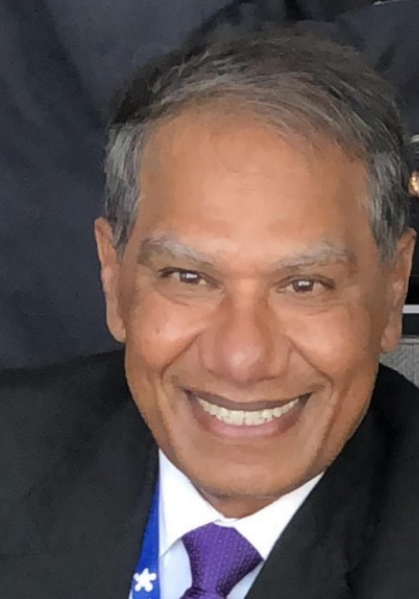
Romesh Kumar is new business development manager at SUDARSHAN Chemicals. His expertise includes colorants & applications, color measurement and other related subjects. He began his currier with American Hoechst Corporation and has been affiliated with pigment industry for over 44 years. He has made over 150 presentations including those at every organization related to Paint & Coatings and Societies of Plastics Engineers (SPE) in North America.
Educated at Laurentian University (Sudbury, Ontario), and Rensselaer Polytechnic Institute (Troy, NY), his current job functions include training colleagues and promoting innovative technologies. He teaches “Pigments for Coatings” educational programs for business professionals at University of Southern Mississippi (Hattiesburg), and North Dakota State University (Fargo).
His hobbies include hiking, biking, playing pickle ball and cheering his grandsons (Reed & Wyatt) at their hockey games in Massachusetts. He enjoys talking to strangers for new learnings.
There are over 1,000 pigments, both organic (azo & polycyclic) and inorganic (metal oxides) and of these only 100 or so are used in coloration of coatings. Most paint formulas use a combination of organic and inorganic pigments to achieve the optimum cost of use and other properties. Such combinations have relatively low carbon footprint and improved sustainability. No lead (Pb) based pigments are used in coatings today in NORAM.
Architectural coatings are almost all water based and tinted with a set of 12-16 colorants which are low VOC type and APEO free. For in-plant tinting, over 20 colorants are common to achieve higher chroma, higher opacity and improved durability. The NIR (near infra-red) reflective pigments are suitable for lower surface temperatures and lower energy usage with cost savings in sun belt areas.
Industrial coatings (water & solvent based and powder) need over 50 pigments to meet the market requirements. Shades like John Deere green & yellow, Exxon Red and RAL require bright, opaque and weather fast pigments. Those for powder coatings must have good heat stability (over 450F) and thus a limited number have such properties.
Automotive coatings require the greatest number of pigments to achieve unique appearances. These include opaque, transparent and special effect pigments like aluminum flakes, pearlescent and others.
Road markings (largely water based) must be bright and durable for safety and visibility. Over a dozen pigments are suitable for this highly competitive market. The availability of these pigments is very critical for this very seasonal market. Hot melt application needs pigments with high heat stability and only a few meet the price and performance criteria.
Coloration of wood stains requires high transparency and durable colorants. Pigments are milled to very fine particles (nano type) to achieve the critical wood grain visibility through the coating.
Pigments and colorants will be discussed in this short course.
Dr. Romesh Kumar
New Business Development Manager SUDARSHAN CHEMICALS, USA
Colorants of Coatings

Romesh Kumar is new business development manager at SUDARSHAN Chemicals. His expertise includes colorants & applications, color measurement and other related subjects. He began his currier with American Hoechst Corporation and has been affiliated with pigment industry for over 44 years. He has made over 150 presentations including those at every organization related to Paint & Coatings and Societies of Plastics Engineers (SPE) in North America.
Educated at Laurentian University (Sudbury, Ontario), and Rensselaer Polytechnic Institute (Troy, NY), his current job functions include training colleagues and promoting innovative technologies. He teaches “Pigments for Coatings” educational programs for business professionals at University of Southern Mississippi (Hattiesburg), and North Dakota State University (Fargo).
His hobbies include hiking, biking, playing pickle ball and cheering his grandsons (Reed & Wyatt) at their hockey games in Massachusetts. He enjoys talking to strangers for new learnings.
There are over 1,000 pigments, both organic (azo & polycyclic) and inorganic (metal oxides) and of these only 100 or so are used in coloration of coatings. Most paint formulas use a combination of organic and inorganic pigments to achieve the optimum cost of use and other properties. Such combinations have relatively low carbon footprint and improved sustainability. No lead (Pb) based pigments are used in coatings today in NORAM.
Architectural coatings are almost all water based and tinted with a set of 12-16 colorants which are low VOC type and APEO free. For in-plant tinting, over 20 colorants are common to achieve higher chroma, higher opacity and improved durability. The NIR (near infra-red) reflective pigments are suitable for lower surface temperatures and lower energy usage with cost savings in sun belt areas.
Industrial coatings (water & solvent based and powder) need over 50 pigments to meet the market requirements. Shades like John Deere green & yellow, Exxon Red and RAL require bright, opaque and weather fast pigments. Those for powder coatings must have good heat stability (over 450F) and thus a limited number have such properties.
Automotive coatings require the greatest number of pigments to achieve unique appearances. These include opaque, transparent and special effect pigments like aluminum flakes, pearlescent and others.
Road markings (largely water based) must be bright and durable for safety and visibility. Over a dozen pigments are suitable for this highly competitive market. The availability of these pigments is very critical for this very seasonal market. Hot melt application needs pigments with high heat stability and only a few meet the price and performance criteria.
Coloration of wood stains requires high transparency and durable colorants. Pigments are milled to very fine particles (nano type) to achieve the critical wood grain visibility through the coating.
Pigments and colorants will be discussed in this short course.
TBD
Intelligent Concrete
TBD
More to be announced.....
